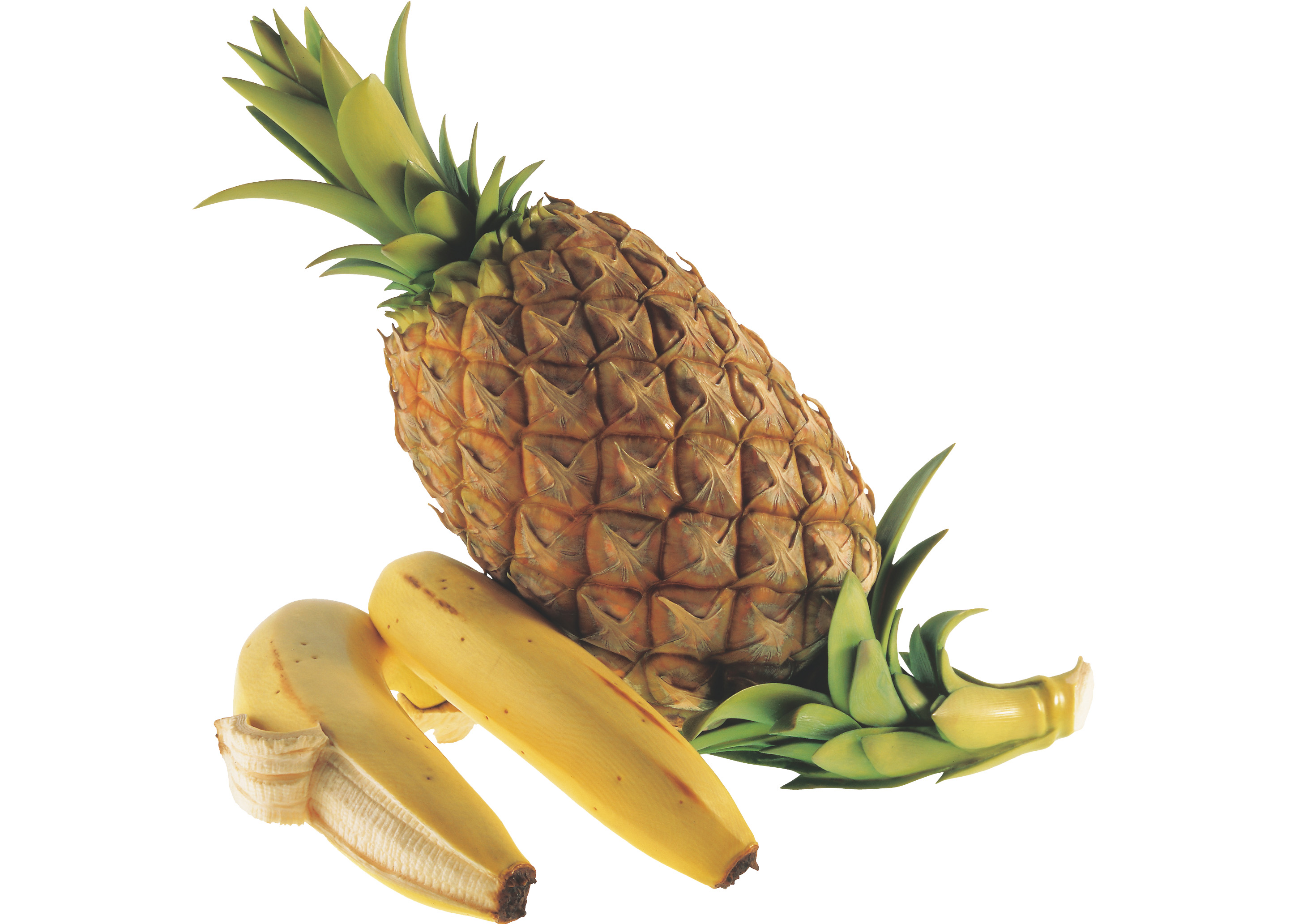Recent years have witnessed Japan's rediscovered interest in something the West received with wild enthusiasm in the Meiji Era (1868-1912). Export crafts made for late 19th-century and early 20th-century European and American markets were part of the Meiji government's promotion of industry. Participating officially in world fairs since the 1873 Vienna World Exposition, Japan's craft sectors, from ceramics through embroidery, lacquer, metalwork and others, were tremendously popular, award-winning and commanded stiff prices.
The 2014 nationwide touring exhibition "Kogei: Superlative Craftsmanship from Meiji Japan" rekindled local interest. "Amazing Craftsmanship! From Meiji Kogei to Contemporary Art," which has been touring the country since late 2017, is now at the Abeno Harukas Art Museum in Osaka and seeks to capitalize on past successes.
Superlative technical skill aiding trompe l'oeil realism is the exhibition's forte. Meiji Era woodcarving was frequently undertaken by artisans who produced Buddhist sculpture but who were forced to adapt their livelihoods to accommodate the period's anti-Buddhist sentiments. Takamura Koun (1852-1934) continued to make wooden Buddhist images like "Hotei" (the god of contentment and happiness), but invested his traditional sculptural techniques with Western realism, leading to his selection as one of the first Imperial Household Artists in 1890.


















With your current subscription plan you can comment on stories. However, before writing your first comment, please create a display name in the Profile section of your subscriber account page.